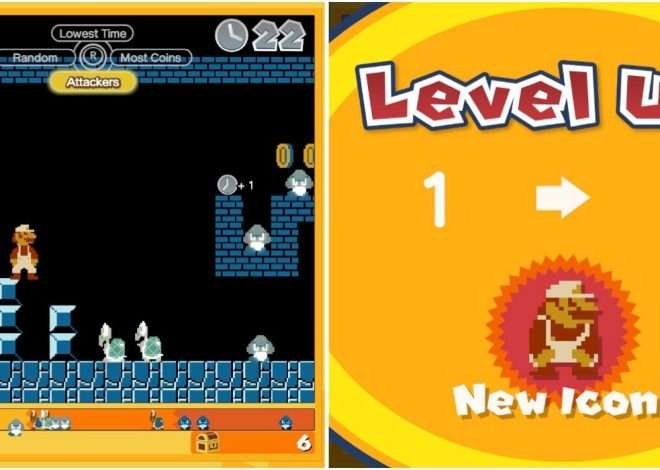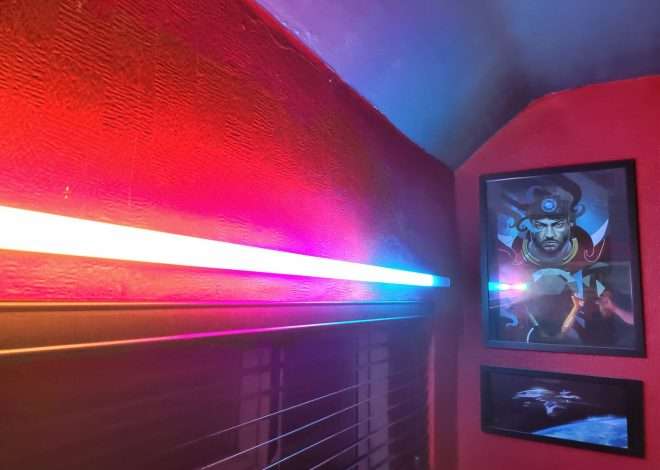The Forgotten Gems: Why Sega Needs to Remaster its Sonic Game Gear Titles
The blue blur has captivated generations. Sonic the Hedgehog’s legacy is undeniable, cemented by iconic titles across multiple platforms. Yet, a significant portion of his history, a vibrant chapter on the Sega Game Gear, remains largely untouched by the modern remastering wave. While the Genesis/Mega Drive games bask in the glow of updated releases, the portable adventures remain largely forgotten. This oversight is a disservice to a dedicated fanbase and a missed opportunity for Sega.
The Game Gear’s Unique Sonic Charm
The Game Gear, Sega’s handheld competitor to the Game Boy, boasted a robust library. Sonic games on this platform, while differing from their console counterparts, held a unique appeal. The smaller screen size, coupled with the Game Gear’s unique color capabilities, created a distinct visual experience. These weren’t mere ports; they were tailored adaptations, offering a challenging yet rewarding portable Sonic experience. The limitations of the hardware forced innovative level design, often resulting in more compact and intensely focused gameplay.
Sonic the Hedgehog (Game Gear)
The original Game Gear version of Sonic was a marvel of its time. Successfully translating the fast-paced action to a handheld device with limited processing power was a technical achievement; While it differed significantly from the Genesis version, stripping away many of the expansive levels, it retained the core gameplay loop that made Sonic so popular. The game’s vibrant colors and surprisingly smooth animation, considering the hardware limitations, were impressive. The unique level design made it feel like a different, yet equally enjoyable, Sonic adventure.
Sonic the Hedgehog 2 (Game Gear)
The sequel took what worked in the first game and expanded upon it. New zones, new mechanics, and more polished graphics made it a worthwhile upgrade. Again, the creative level design compensated for the hardware limitations, resulting in tightly designed levels that were both challenging and replayable. While it lacked the sheer scale of its Genesis counterpart, it stood as a strong independent title, worthy of appreciation in its own right.
Sonic Chaos
Sonic Chaos represented a significant shift in the Game Gear Sonic formula. It introduced two playable characters, Sonic and Tails, each with their unique abilities. This added a layer of strategic depth to the gameplay. Levels were arguably more challenging, demanding precise platforming skills and quick reflexes. The introduction of new enemies and boss battles further enhanced the gameplay experience, making it a standout entry in the Game Gear library.
Sonic Triple Trouble
This entry continued the momentum established by Sonic Chaos. The collaboration between Sonic Team and Aspect, the developers of Sonic Chaos, resulted in a polished and refined experience. Sonic Triple Trouble featured improved graphics, more challenging levels, and a refined control scheme. The introduction of a new antagonist, Dr. Robotnik’s assistant, added an interesting layer to the narrative, giving players a fresh perspective on the familiar conflict between Sonic and his nemesis.
Why Remasters are Necessary
The argument for Sonic Game Gear remasters isn’t merely nostalgic sentimentality. These games represent a unique chapter in Sonic’s history, and their unique gameplay deserves a modern audience. The current generation of players, who have grown up with high-definition graphics and modern control schemes, might overlook these titles simply due to their age and technical limitations. Remasters provide an opportunity to introduce these hidden gems to a wider audience.
- Improved Graphics: Modernizing the visuals would make these games accessible to a new generation without alienating long-time fans.
- Enhanced Controls: Updated controls could improve the gameplay experience, particularly on modern platforms.
- Added Features: Remasters could include bonus content, such as art galleries, soundtracks, and developer commentary.
- Wider Accessibility: Remastering these titles would make them available on modern platforms like Switch, PS5, Xbox Series X, and PC, expanding their reach significantly.
The Potential of Remasters
The potential benefits of Sonic Game Gear remasters extend beyond simply re-releasing old games. These titles could be part of a broader strategy to revitalize the Sonic brand. They could become a valuable addition to the current Sonic lineup, attracting both nostalgic fans and new players.
Imagine a collection of remastered Game Gear Sonic titles, bundled together with enhanced features and new content. This could be a significant boost to Sega’s bottom line, while simultaneously satisfying a segment of the fanbase that has been consistently overlooked. The potential for success is undeniable.
Marketing Opportunities
A well-executed remaster campaign could generate significant buzz. Marketing could focus on the unique challenges and rewards of playing Sonic in a handheld format. Highlighting the differences between the Game Gear and Genesis versions could appeal to both seasoned fans and newcomers. The nostalgia factor alone could drive strong sales.
Technical Considerations
While remastering these games would require effort, it’s not insurmountable. Sega possesses the technical expertise to upscale the graphics and improve the controls. The challenge lies in balancing fidelity with preserving the original game’s charm. Overdoing the modernization could result in a game that feels foreign to long-time fans.
Careful consideration needs to be given to the audio. The soundtracks of the Game Gear Sonic games are iconic, and any remastering should strive to retain their unique quality. Modern audio enhancements should complement, not replace, the original sound design.
The Fanbase Awaits
The clamor for Sonic Game Gear remasters is evident across various online forums and social media platforms. Fans have been expressing their desire for years. This isn’t simply a niche demand; it’s a significant portion of the fanbase expressing a genuine interest in seeing these classic titles revived.
Ignoring this demand is a missed opportunity; Sega has the resources and the fanbase to make these remasters a resounding success. The time is right to give the Game Gear Sonic games the attention they deserve.
Addressing Concerns
Some might argue that the limited scope of the Game Gear games makes them less worthy of remasters compared to the larger Genesis/Mega Drive titles. However, this argument undervalues the unique charm and challenge inherent in the Game Gear versions. The smaller scale and tighter level design create a different, equally engaging experience;
Furthermore, the unique visual style of the Game Gear games offers a different aesthetic that could be appealing to a wider audience. The retro pixel art, coupled with the Game Gear’s color palette, creates a distinctive look that sets it apart from the more polished visuals of the Genesis/Mega Drive titles.
The potential for success of Sonic Game Gear remasters is significant. The passionate fanbase, the unique gameplay, and the opportunity to introduce these titles to a new generation all point towards a profitable and rewarding venture. It’s time for Sega to acknowledge this untapped potential and deliver what many fans have been eagerly awaiting. The legacy of Sonic deserves to be complete, and the Game Gear titles are an essential part of that legacy. Ignoring this opportunity would be a disservice to both the fans and the rich history of the Sonic franchise. Let’s hope Sega hears our call.



